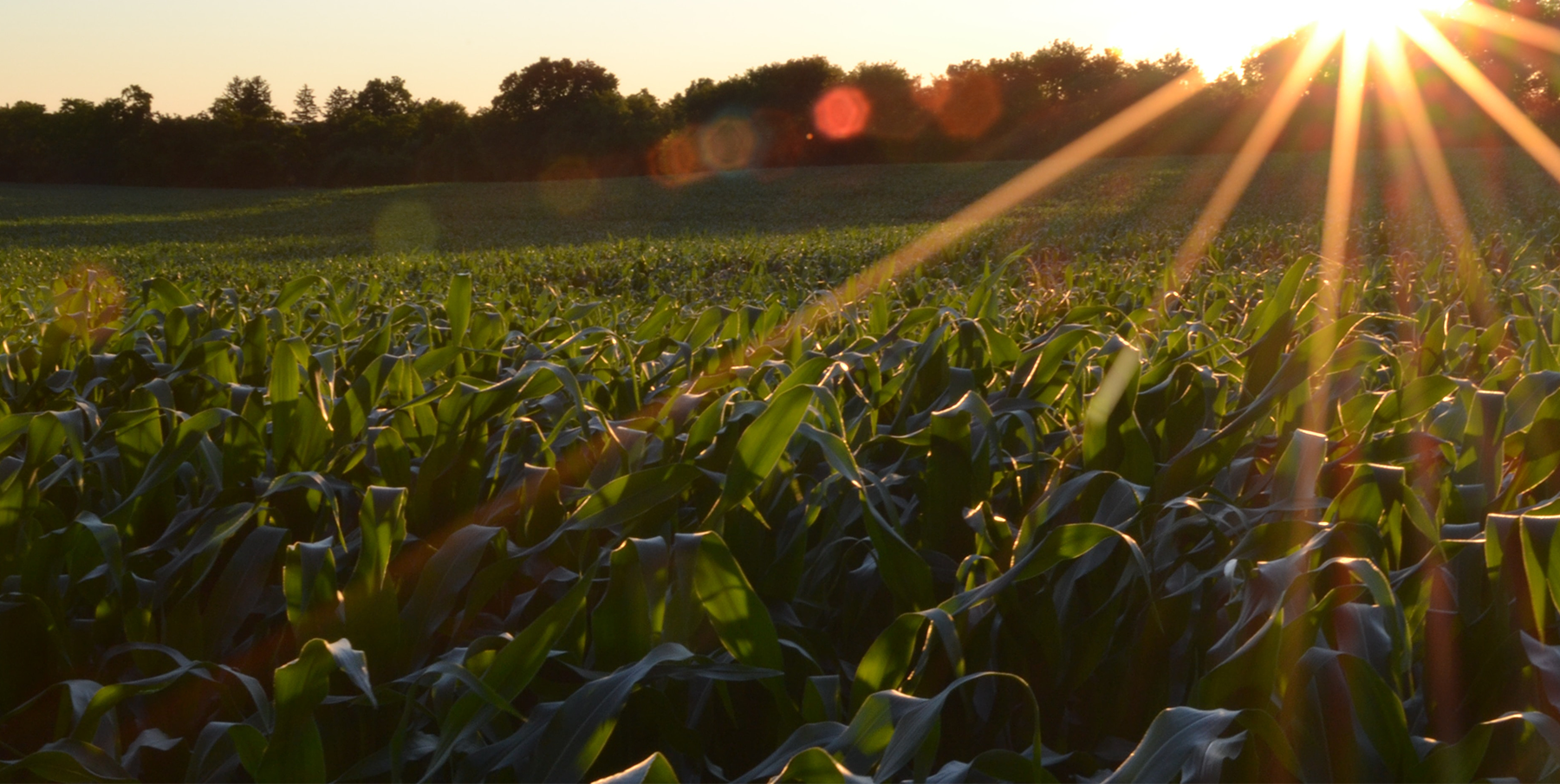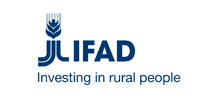APPROACHES IN BREEDING FOR HIGH QUALITY PROTEIN MAIZE
Maize is the principal crop and major staple food in the most African and South American countries. The main problem in human nutrition in developing countries, and in livestock feed in developed countries, is insufficient production and poor quality of cereal proteins. In the case of maize, due to the very low content of essential amino acids lysine and tryptophan in grain endosperm, biological value is very low, which is main limiting factor of common maize in human nutrition and feeding of monogastric animals. Quality protein maize (QPM) can help in solving of this problem. Maize production also faces serious constraints caused by agro-ecological conditions and poor socio-economic situation. To alleviate the effect of the constraints, selected genotypes with more desirable traits and appropriate field-plot techniques to create multiple-stress conditions, were used. It was found that, in downy mildew nursery distance up to 35 m from spreader plot is providing sufficient down load of spores for plant infection, provided that the testing breeding materials are planted towards to down-stream direction of the dominant wind. Using these breeding approaches large number of early, white and flint synthetics, composites and inbred lines were created with resistance or tolerance to downy mildew (DMR), maize streak virus (SR) and drought (DT). Created genotypes exhibited very good kernel modification and yield potential under low and normal inputs. In the case of synthetics and composites, besides tolerance to multiple stress factors, they were competing in yield with local QPM and normal maize checks. In the case of created inbred lines high combining ability was exhibited both in non-conventional and conventional maize hybrids. Trial data revealed that in the most cases the best entries were over-yielding the best checks.





